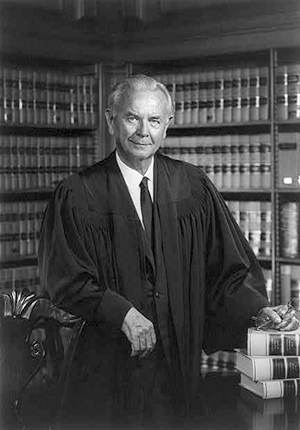Summary
In Texas v. Johnson, a divided Supreme Court held that burning the flag was protected expression under the First Amendment. The case was decided twenty years after the birth of the “counterculture” movement, fifteen years after the end of the Vietnam War, and in the midst of the Cold War, although that was soon coming to an end. Johnson was prosecuted for burning the flag in protest of what he believed to be the Reagan Administration’s aggressive Cold War policies.







